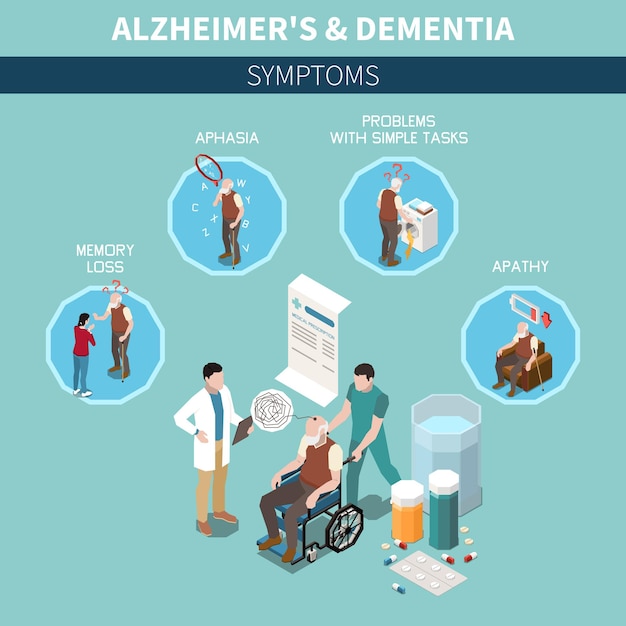
Osgood-Schlatters is a common knee condition that causes pain and swelling, mainly affecting the upper part of the shinbone. It’s prevalent among teenagers under 17, especially those who play sports, involving a lot of kicking or jumping. This doesn’t mean they need to quit sports, but they should ease up on intense exercises and focus on building knee strength through specific exercises, ideally under a physiotherapist’s guidance. If the pain worsens, it’s best to rest before gradually resuming activities.
**Causes of Osgood-Schlatters Disease:**
This condition is caused by overusing the quadriceps muscles, which help straighten the knee. These muscles pull on the kneecap, which then pulls on the patellar ligament. Overuse strains this ligament, causing redness and soreness around the area. There isn’t any other known cause besides this muscle overuse.
**Symptoms:**
The main symptom is pain below the kneecap, which worsens during and after physical activity but improves with rest. The pain can last a few months or until one fully grows. A bony bump might form under the kneecap, which remains permanently but becomes less painful over time. Symptoms typically occur on one side but can affect both legs in rare cases. Key symptoms include:
– Pain, swelling, and tenderness below the knee
– Numbness or tingling in the knee
– Pain relief with rest
– Swelling of the bump below the kneecap
– Tight hamstring muscles
**Treatment of Osgood-Schlatters Disease:**
Understanding this disease is crucial. The pain is temporary and not harmful to overall health. If the pain is severe, painkillers can help. Osgood-Schlatters isn’t a fatal condition, and pain usually goes away in a few months or up to a year. Athletes should modify their training instead of stopping sports altogether, avoiding intense exercises like jumping or running. If these activities are necessary, they should be done gently. Rest is essential for healing, and analgesics or anti-inflammatory medications can reduce pain. Gentle massages improve blood flow, and wearing a strap across the patellar tendon during high-impact activities can also help.
To aid in healing:
– Use an ice pack on the knee to reduce inflammation and pain after activities.
– Wearing kneepads during physical activities can provide additional support.
– Consulting a physiotherapist can help with strengthening the knee.
**Conclusion:**
Osgood-Schlatters commonly affects teenagers engaged in physical activities involving running or jumping. Pain typically lasts a few months but can continue until full growth. In rare cases, surgery might be needed to remove unhealed bone flakes or fix them to the tibia. This condition is a normal part of growing up for boys and girls. The pain gradually fades, and while it can cause a bump near the kneecap, it doesn’t lead to future problems. Stretching exercises, especially for the quadriceps, can relieve muscle tension. Simple stretches should be done first, gradually increasing the intensity. These methods can help manage the condition effectively.
In summary, Osgood-Schlatters is a common, non-serious condition among teenagers. It’s part of the growth process and doesn’t require excessive worry. With proper care and minor adjustments, pain can be managed, leading to a quick recovery. Rest, when needed, coupled with appropriate exercises and treatments, ensures the pain will eventually subside.